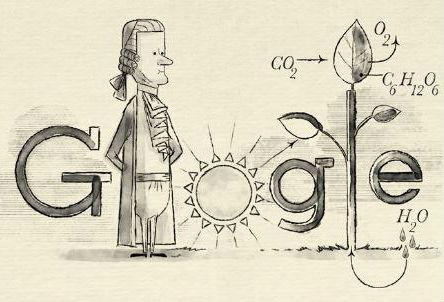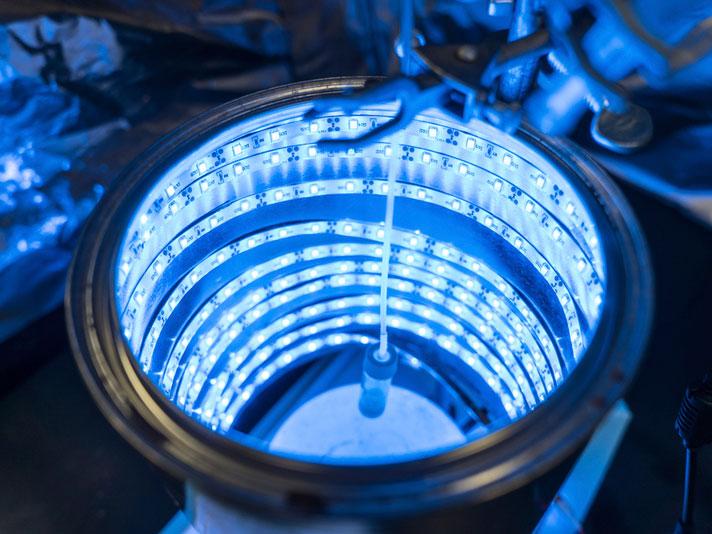Jan Ingenhousz: Who was the little-known scientist who discovered the secret life source of plants?
The scientist was also an expert in smallpox vaccinations
Your support helps us to tell the story
From reproductive rights to climate change to Big Tech, The Independent is on the ground when the story is developing. Whether it's investigating the financials of Elon Musk's pro-Trump PAC or producing our latest documentary, 'The A Word', which shines a light on the American women fighting for reproductive rights, we know how important it is to parse out the facts from the messaging.
At such a critical moment in US history, we need reporters on the ground. Your donation allows us to keep sending journalists to speak to both sides of the story.
The Independent is trusted by Americans across the entire political spectrum. And unlike many other quality news outlets, we choose not to lock Americans out of our reporting and analysis with paywalls. We believe quality journalism should be available to everyone, paid for by those who can afford it.
Your support makes all the difference.Jan Ingenhousz, a little-known Dutch scientist who discovered one of the secrets to plant life, is being honoured by today’s Google Doodle.
The scientist, who was born on 8 December, 1730 in the Netherlands, is credited with discovering the process of photosynthesis. Read on for everything you need to know about the pioneering scientist, who would have been 287 years old today.
Who is Jan Ingenhousz?
Mr Ingenhousz started his career as a physician after studying medicine at the University of Louvain. He took a special interest in smallpox inoculations – the precursor to modern-day vaccinations. At the time, doctors injected an active smallpox pustule into their patients to prevent them from contracting the disease.
In London, Mr Ingenhousz inoculated hundred of villagers against the disease. He eventually became so skilled at administering inoculations that he was asked to treat Empress Maria Theresa of Austria. He later served as her personal physician.
The scientist eventually returned to London, which is where he made his most famous discovery.

What exactly did he discover?
Mr Ingenhousz is widely credited with discovering photosynthesis – the process by which plants convert light energy into fuel. English chemist Joseph Priestley, however, had already discovered that plants had the power to restore “goodness” to air that animals had depleted.
Through a series of experiments in the late 1770s, Mr Ingenhousz discovered that light was necessary for this process to occur, and that only the green parts of plants could perform it. He also discovered that all plants “damage” the air – now known as emitting carbon dioxide – but that they do far more good than harm.
What effect did his discovery have?
Mr Ingenhousz’s discovery opened the door for a deeper understanding of how plants interact with their environment.
In 1796, for example, Swiss scientist Jean Senebier demonstrated that the “goodness” that plants emit is oxygen, and the “damage” they omit is carbon dioxide. In the 1840s, German physicist Julius Robert Mayer proposed that plants were not creating new energy through photosynthesis, but simply converting light energy into chemical energy.
These days, some scientists are trying to use these centuries-old discoveries to combat modern problems like climate change. Researchers at the University of California Berkeley, for example, are trying to use artificial photosynthesis to capture carbon dioxide emissions before they reach the atmosphere.

What else did Mr Ingenhousz discover?
The prolific scientist also made the first quantitative measurements of how much heat metal rods could conduct, by dipping them in wax and seeing how much melted off. Through this process, he found that silver was one of the best metals for conducting heat, and lead one of the worst.
He also helped improve an apparatus for generating large amounts of static electricity.

Join our commenting forum
Join thought-provoking conversations, follow other Independent readers and see their replies
Comments